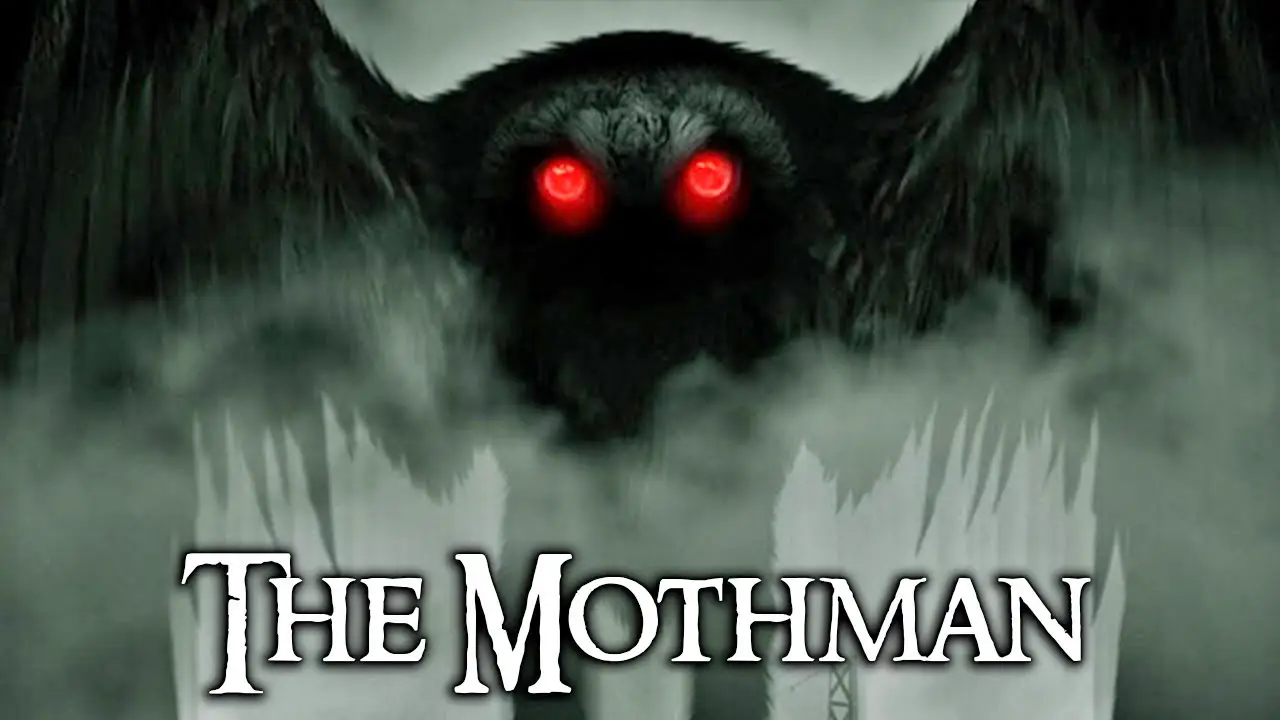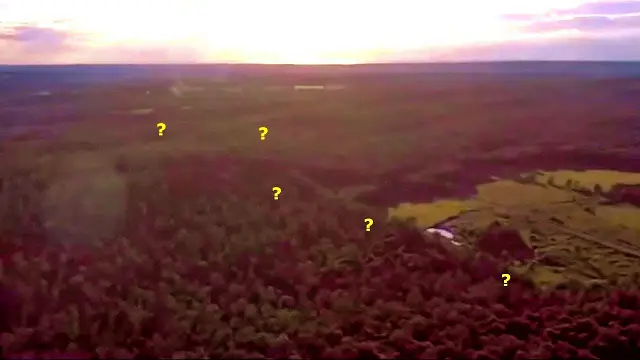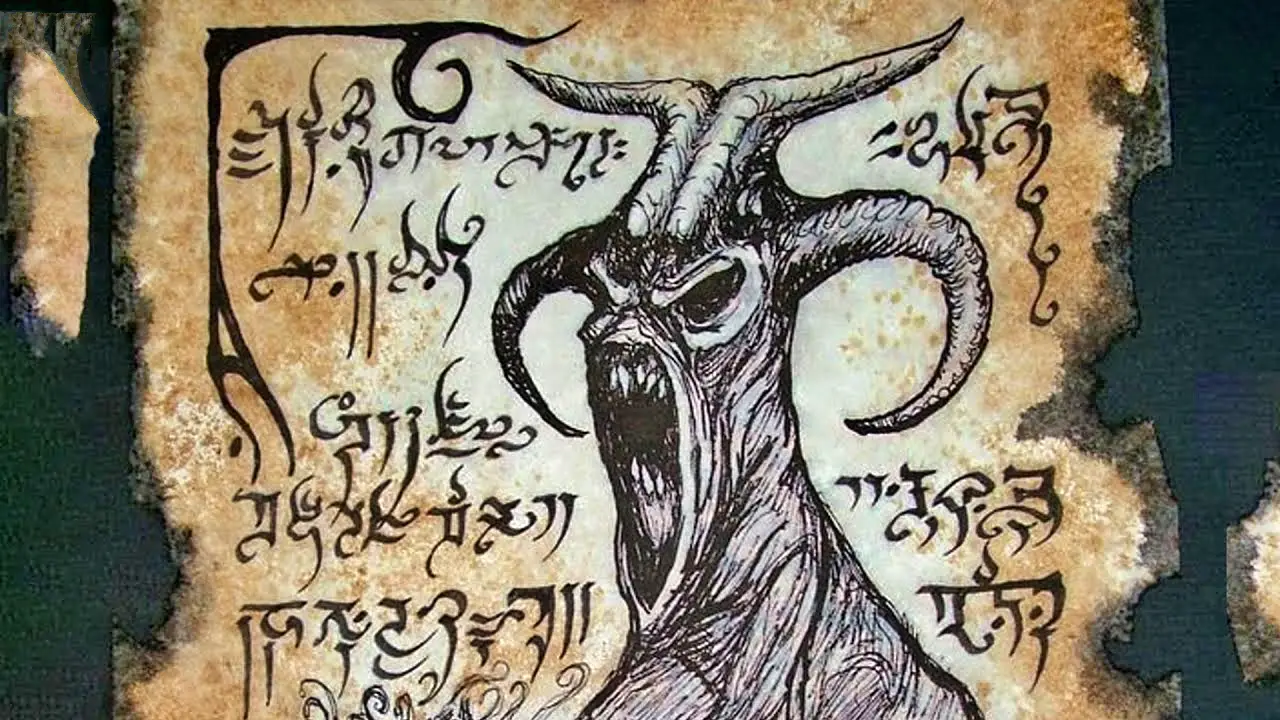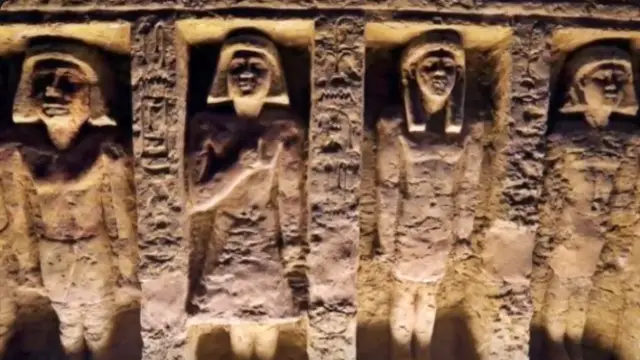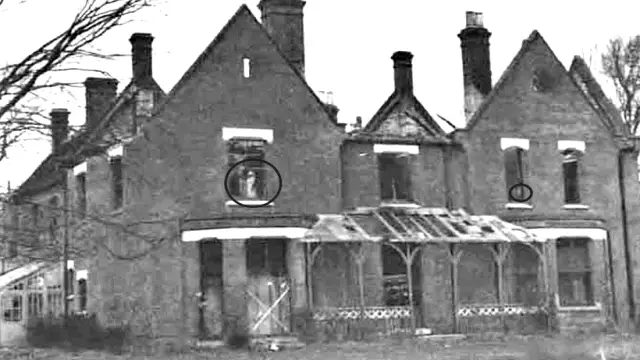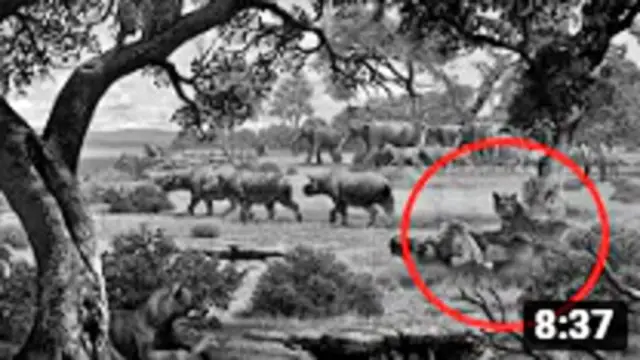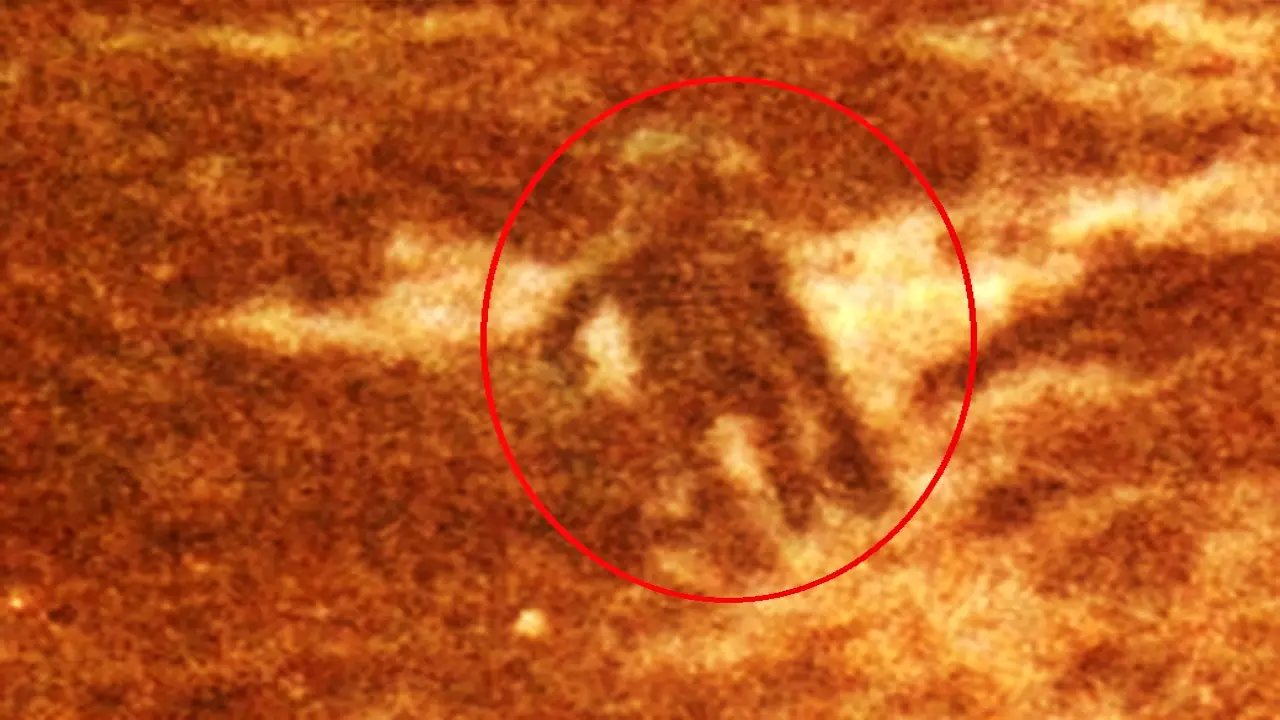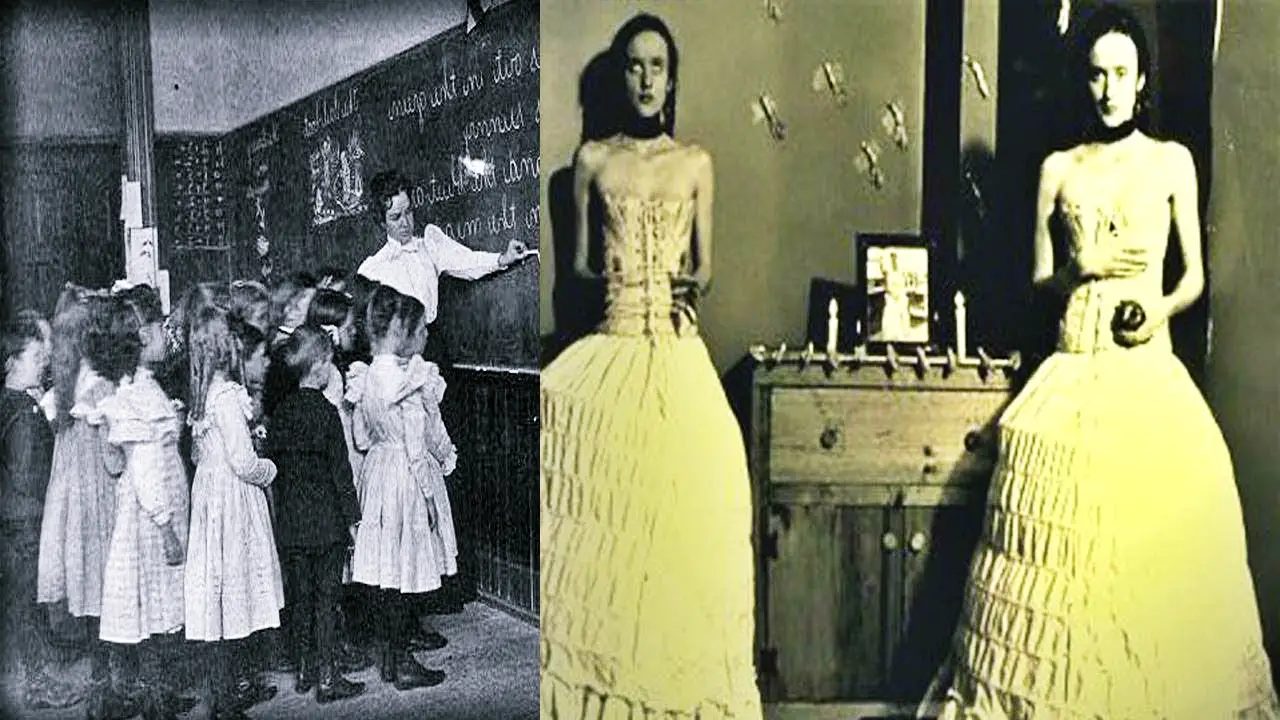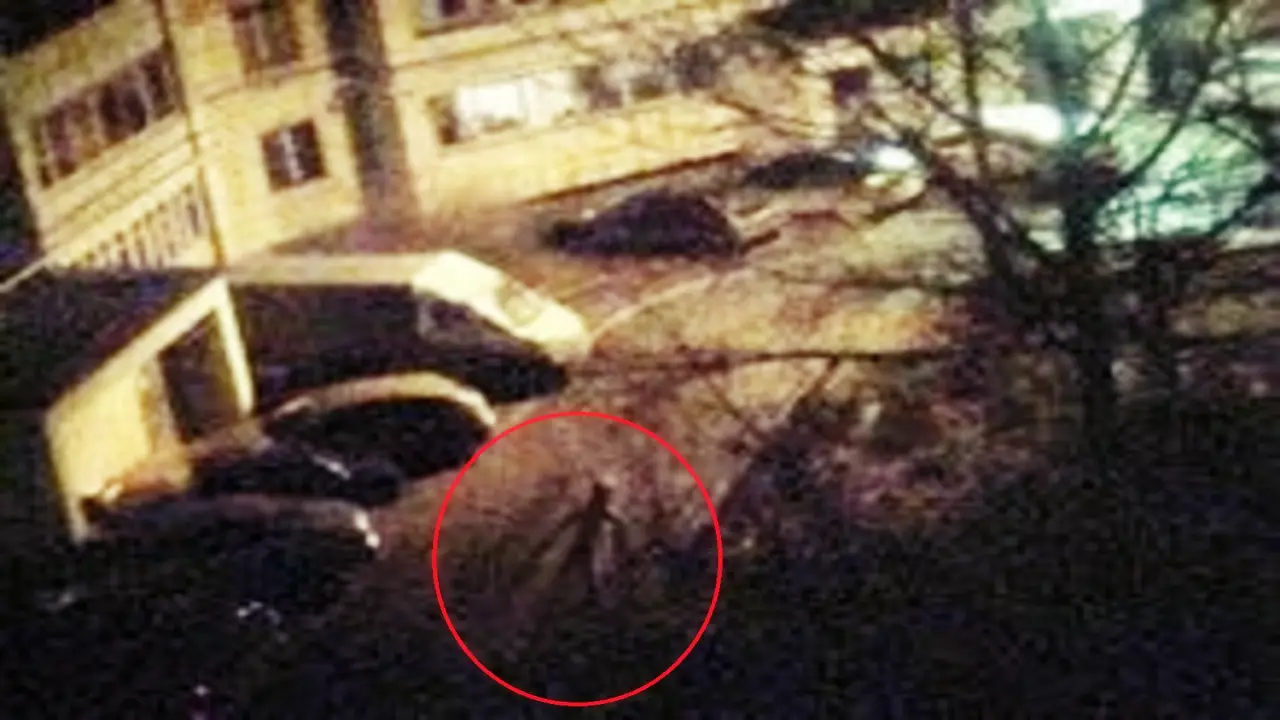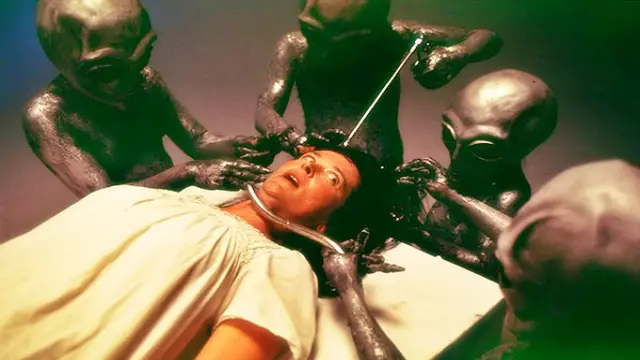So, my mom was cleaning out her inbox (a Herculean task, no doubt) and kept finding interesting little e-mails with links to articles on strange phenomena, snippets of dialogue, or nascent story ideas that she would pass on to me in hopes they would manifest into something like a good Strange State post. One that caught my eye was about a disappearing town.
I was intrigued, but as I began reading it, I got the sense that I was reading fiction. But it was really good fiction. She thought perhaps I had written it, but it’s not mine. She has no clue where it came from or who wrote it. Who knows? Maybe she wrote it and forgot all about it. I’m going to share it with you now because, though rough in spots, it’s got an eerie Lovecraftian style and a cool premise.
One recalls the town of Urkhammer, Iowa, during the 1920s and early ’30s. For years, people passed by the bustling town of Urkhammer without giving it a second thought. Many people even drove through it, and there are rumors that transactions took place between tourists and the pale, mute Urkhammerovians. In 1928, the first ontological doubts about the town began when aerial photographs showed only empty fields where there should have been homes, streets, and stores surrounded by farms and waving fields of grain.
A week or so later, a lost tourist had his Marmot Speedster topped off with gasoline at the Urkhammer Esso station and, two miles beyond the town’s borders, discovered that his tank was empty. He walked back to demand a refund from the conniving general store and gas pump emporium, only to discover that, regardless of how far he walked, the town remained the same distance ahead of him. Fortunately, another motorist picked him up after an hour or two and replenished his car’s fuel supply, but the man had been shaken to the core and required a prolonged sojourn in an alpine sanitarium.
In 1929, the Davenport Clarion-Sun-Telegraph newspaper published both stories. Doubtlessly, there would have been a strong public reaction had the story not appeared in the same issue of the paper as the Wall Street stock market crash. In the following week’s edition (the last before the Clarion-Sun-Telegraph itself failed), there was a strong protest from an apparent resident of Urkhammer, a certain Fatima Morgana (Miss), disputing the apparent nonexistence of the town and relating her life story there as a schoolteacher and Anti-Saloon League activist.
But her letter to the editor was lost in the brouhaha of plant closings, stockbroker suicides, and the sudden popularity of apple sellers on street corners. Urkhammer’s own newspaper, the weekly Bugle-Picayune Advertiser, ran the now-classic headline, “Rumors of Our Nonexistence Have Been Greatly Exaggerated,” for which they were sued by the estate of the late Samuel Clemens. Urkhammer remained undisturbed throughout 1930 and 1931.
Passersby still waved at children playing in back yards as they passed on Route 41, although there was little traffic now and much of it was by horse-drawn wagon as farmers attempted to save their old homesteads by traveling to larger cities to vend their wares. But disaster struck in 1932 when a convoy of Illinois farm families, fleeing the ruins of their Dust Bowl farms for California, decided to spend the night on the outskirts of Urkhammer.
Two of these wandering souls pooled the camp’s meager store of pennies and nickels and went into the town to purchase necessary supplies. There was always a risk in entering towns since “Illies,” like “Okies,” were rumored to be thieves as well as vagabonds and were not welcomed by townspeople. The men, Paducah Bankforth and “Tribulation” Estonices, plodded to the general store, pausing for a moment to check the gasoline prices on the pumps outside before entering. Imagine their surprise when they were unable to mount the steps leading to the store, their feet each time passing through the lowermost step as though through a cloud.
Convinced that this was some sort of plot to prevent outsiders from shopping at the store, they attempted to scale the steps using an old board found nearby. Imagine their surprise when their feet passed through both boards and steps as easily as a potato passes through the smoke of a campfire! Terrified, the men ran back to their nomadic camp and reported what they had seen, only to be accused of spending the group’s hard-earned money on illegal hooch rather than on beans and bacon.
But they displayed the money and challenged others in the camp to try the same experiment. A group of a dozen men, some armed, went back to the general store, and lo and behold! they had the same eerie experience. The caravan covered its fires and decamped with all deliberate speed, but the story quickly circulated, and soon a group of state police were ordered to investigate the phenomenon. They went to the Urkhammer Sheriff’s Office to confer, converse, and otherwise hobnob with their brother law enforcement officials.
The group’s leader approached the office of this guardian of the peace and attempted to knock on the door, only to see his knock pass through the thick oak as though it were merely painted steam. Their report began the gradual decline of Urkhammer. It became less substantial with every passing day, and passersby noted the absence of children playing and the growing seediness of the houses and barns. Then, on May 7, 1932, Phineas Bumf, a Huguenot immigrant farmer, passed by at dawn with his cargo of produce, and what appeared to his wondering eyes was nothing! Where the town had stood, there were only abandoned fields and long-rotted fences.
A cast-iron bathtub, used long ago as a watering trough for livestock, sat alone in a field of weeds, the sole relic of human presence. Urkhammer was no more. Many years later, a gypsy caravan camped on the site but left abruptly. The Ataman of the group, “Baxtalo,” told a Roma-friendly neighboring city councilman that the place was “saturated with the tears of the dispossessed and with the despair of those who had never borne names.”



